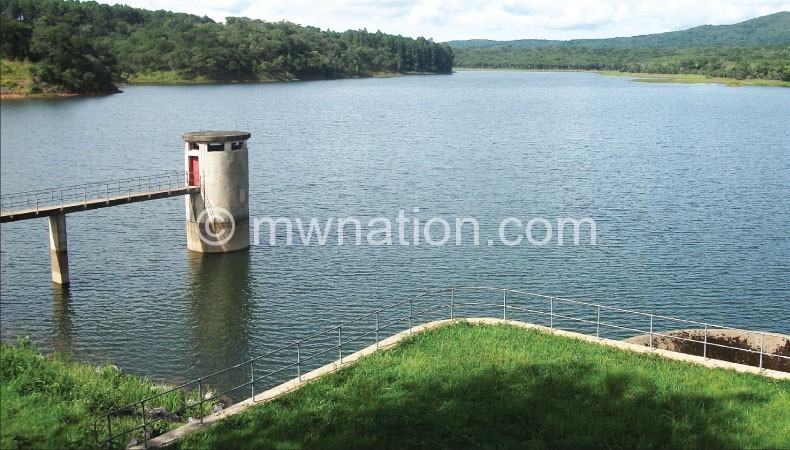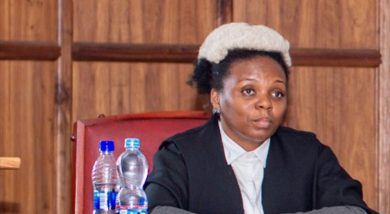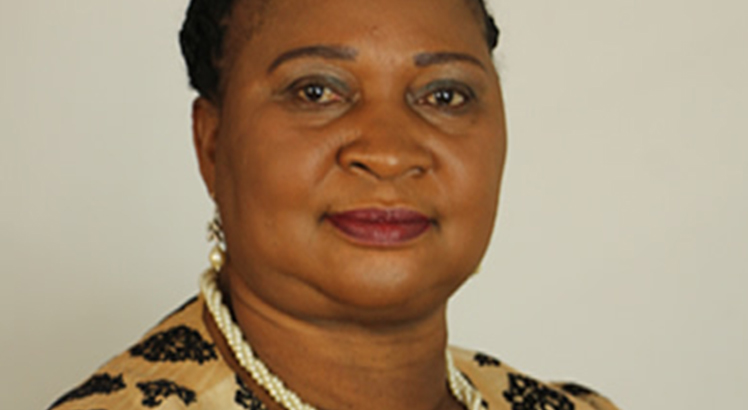Lilongwe Water Board suspends dam project
Lilongwe Water Board (LWB) has put on hold its much-touted Diamphwi Dam project due to funding constraints.
Speaking in an interview on Tuesday, LWB chief executive officer Alfonso Chikuni said instead it is embarking on raising Kamuzu Dam One whose current projectable capacity ran out in 2011 leaving LWB operating in a deficit.

Said Alfonso: “We had better plans to implement a bigger dam on the Diamphwi River, but due to funding constraints, the project has delayed significantly. It is not a simple project because it requires a lot of money and a couple of years to commission.
“But as a stop-gap measure, we are raising Kamuzu Dam One, which is raisable by five metres and this water should take us to 2020 so that we cover the deficit and the projectable demand for 2020 because we will be able to harvest more rainwater and run-off.”
Initially, the design and environmental impact assessment phases of the Diamphwi Dam project were scheduled to finish in July this year whereas the actual construction works were planned for execution in 2017.
Chikuni called upon government to embrace the Integrated Water Resource Management System aimed at addressing issues surrounding the erasing and degradation of catchment areas.
“This should not be left in the hands of one player; government needs to implement the system encompassing all stakeholders in the water industry so that issues of continued water supply and floods, for instance, are contained and this will also include harvesting water,” he said.
Reacting to the development, head of the Research Institute, Wonderful Hunga, attributed the problem to poor water infrastructure planning in Lilongwe City.
“The future of water situation is really looking bleak owing to the worsening environmental degradation and our actions will put us in a situation where we will be left with no water at all. Water infrastructure planning was also wrong; for instance, initially planners thought the city will grow northwards, but now it is extending southwards and the planners are doing nothing about it,” he said.
According to Hunga, Malawi is ranked among top 10 countries to experience water stress in the next two decades.
LWB requires about K12.5 billion for the Diamphwi Dam project, which would also be enough to serve other districts in the Central Region.
Currently, LWB has two dams; namely, Kamuzu One which carries 4.5 million cubic litres of water and Kamuzu Two with a capacity of 19 million cubic litres.
Recently, Minister of Energy, Mining and Natural Resources Atupele Muluzi disclosed that government is in the process of putting up an action plan aimed at curbing deforestation at Dzalanyama Forest Reserve, which is the catchment area for Lilongwe River that supplies water to LWB, in order to improve the energy mix in the city which he said is heavily contributing to the depletion of the forest.





